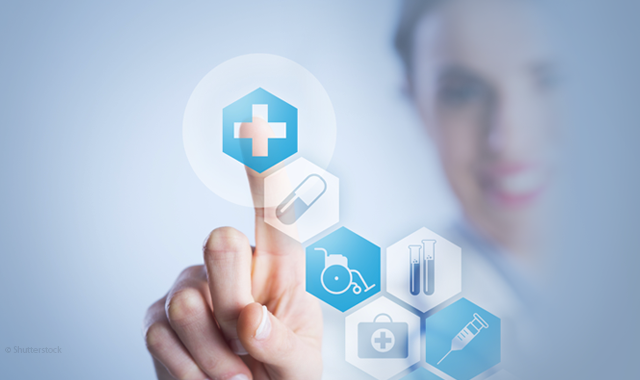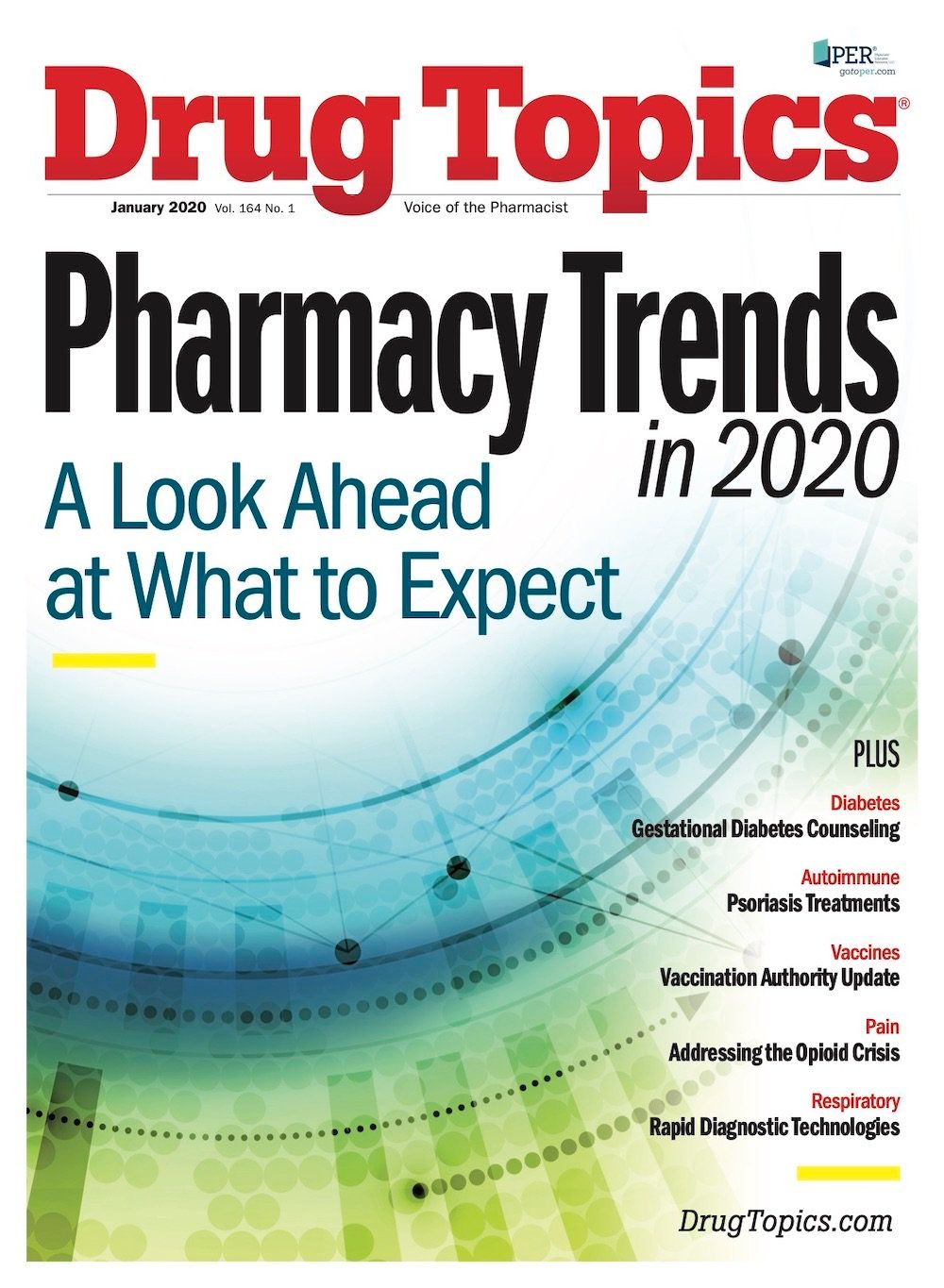Educating Patients on the Latest Diabetes Technology
Patients with diabetes now have access to more technology than ever before to help them manage the chronic disease, but the devices can be complicated for patients to use.

Patients with diabetes now have access to more technology than ever before to help them manage the chronic disease, but the devices can be complicated for patients to use.
“The diabetes technology space is growing very quickly. No one really has ownership of this space, there’s a lot to learn and so this is really a great opportunity for pharmacists,” said Diana Isaacs, PharmD, BCPS, BCACP, BC-ADM, CDE, a clinical pharmacy specialist at the Cleveland Clinic Endocrinology & Metabolism Institute Diabetes Center in Cleveland, Ohio.
Isaacs believes pharmacists can be particularly valuable in helping patients master the use of continuous glucose monitoring (CGM) devices now that 2 of the devices-the Freestyle Libre and Dexcom G6-are available for purchase at local community pharmacies.
“I think with CGM especially there’s a huge opportunity because now CGM can be obtained directly from the pharmacy so when that patient is starting, similar to how you would train a patient how to use the glucose meter, you can teach someone how to use the CGM,” she said.
She often finds that many of the devices have default alerts set that need to be changed to match the international consensus time in-range goals of 70 mg/dL to 180 mg/dL. Users also need to be sure the correct date is set.
“When you go to download the data, it’s not going to be correct if you don’t fix those things,” she said.
Issacs also believes pharmacists can help patients learn about different adhesive options to get the devices-which have to be worn in the Libre for 14 days and the Dexcom for 10 days-to stick.
Two of the 3 insulin pumps on the market can now be integrated with CGMs and an increasing number of patients are relying on mobile apps and glucose meters that can be directly connected to Bluetooth through various platforms.
Norman Tomaka, BS, Pharm.MS, FAPhA, a media spokesperson for the American Pharmacists Association, said pharmacists are the ideal providers to partner with patients on learning how to use this complex technology because of their long history with patient counseling.
“Pharmacists are used to working with patients at every level and helping to tap into what resources the patient needs for a successful outcome so what better medical professional at the point of care access than a pharmacist to help with this evolving technology in diabetes and other disease states,” said Tomaka, who works as a health system pharmacist and has almost 30 years of experience in community pharmacy.
By helping patients manage the technology associated with treating diabetes, pharmacists can demonstrate their value to payers and other care providers as well as solidify their position with the patients they serve, Tomaka added.
But for pharmacists to seize the opportunity in the market, they will have to stay current on the latest diabetes technology.
Isaacs recommends free diabetes technology resources available free to members of the American Association of Diabetes Educators or the website diaTribe.
“Read up as much as you can,” Tomaka said. “Don’t be afraid of it.”
He recommends trying to meet patients where they are instead of forcing patients to use certain technology. “You have to be able to manage the patient and match the technology to the level of the patient’s desires and abilities. Not everybody is willing to do that.”
